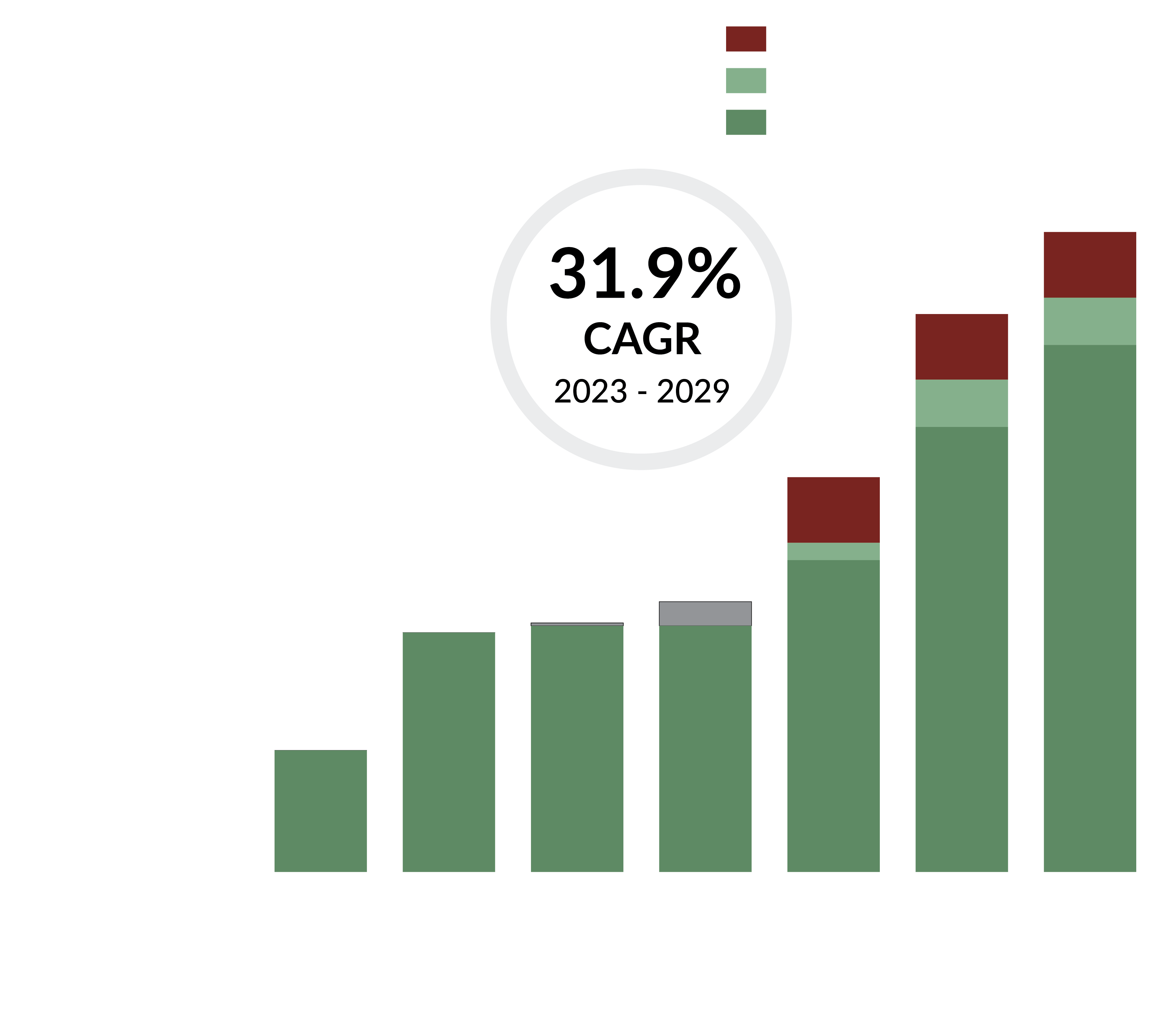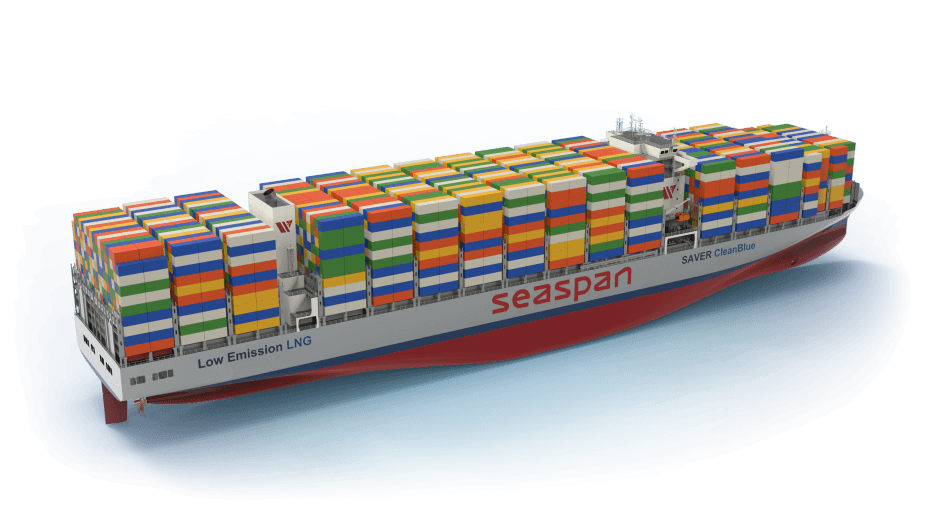FLEET CAPACITY
Growing with scale, flexibility, and quality.
Seaspan boasts the industry’s largest owned and operated chartered containership fleet, consisting of 223 vessels and approximately 2,300,000 TEU capacity, on a fully delivered basis. Our track record of investing in our fleet through an ambitious newbuild program, coupled with our SAVER vessel series and ongoing modifications and retrofits, demonstrates our commitment to enhancing efficiency, loadability, performance, and safety.
Seaspan has one of the youngest fleets globally, with 70 state-of-the-art vessels joining its fleet between 2021 and 2024, and dozens more on order. Our newbuild vessels are equipped with the latest technological advancements and are more efficient in terms of fuel consumption and maintenance. These modern ships are designed to optimize cargo space and efficiency, resulting in increased loadability and lower operating costs.

FUEL TRANSITIONING
Investing in alternative fuels for the future.
Seaspan is also leading the industry in the transition to cleaner-burning alternative fuels, including LNG, methanol, and ammonia.
This proactive approach aligns with our customer’s decarbonization goals and global efforts toward a greener, more sustainable shipping industry.
By 2029, approximately 25% of Seaspan’s TEU capacity will run on alternative fuels.

INNOVATION & DECARBONIZATION
Charting a course to emissions reduction.
Seaspan’s journey to decarbonize is not about a single event or cost but many actions over time—all framed and aligned around a common strategy and goal.
We are an industry leader in developing modern and efficient vessels and fuel solutions, leveraging technology and innovative ideas to accelerate the transition to a greener shipping industry.
Our team collaborates with customers, technology partners, innovation incubators and leading shipbuilders to invest in cutting-edge research and development of low and zero-carbon technologies. Our approach includes implementing retrofits, transitioning to alternative fuels, enhancing ship design, performance monitoring, regulatory reporting, and more, to achieve our decarbonization goals and assist our customers in achieving theirs.







